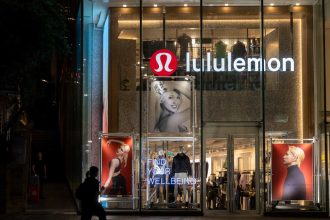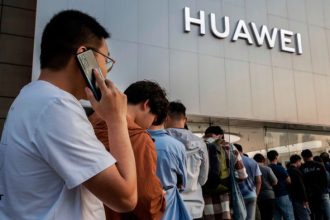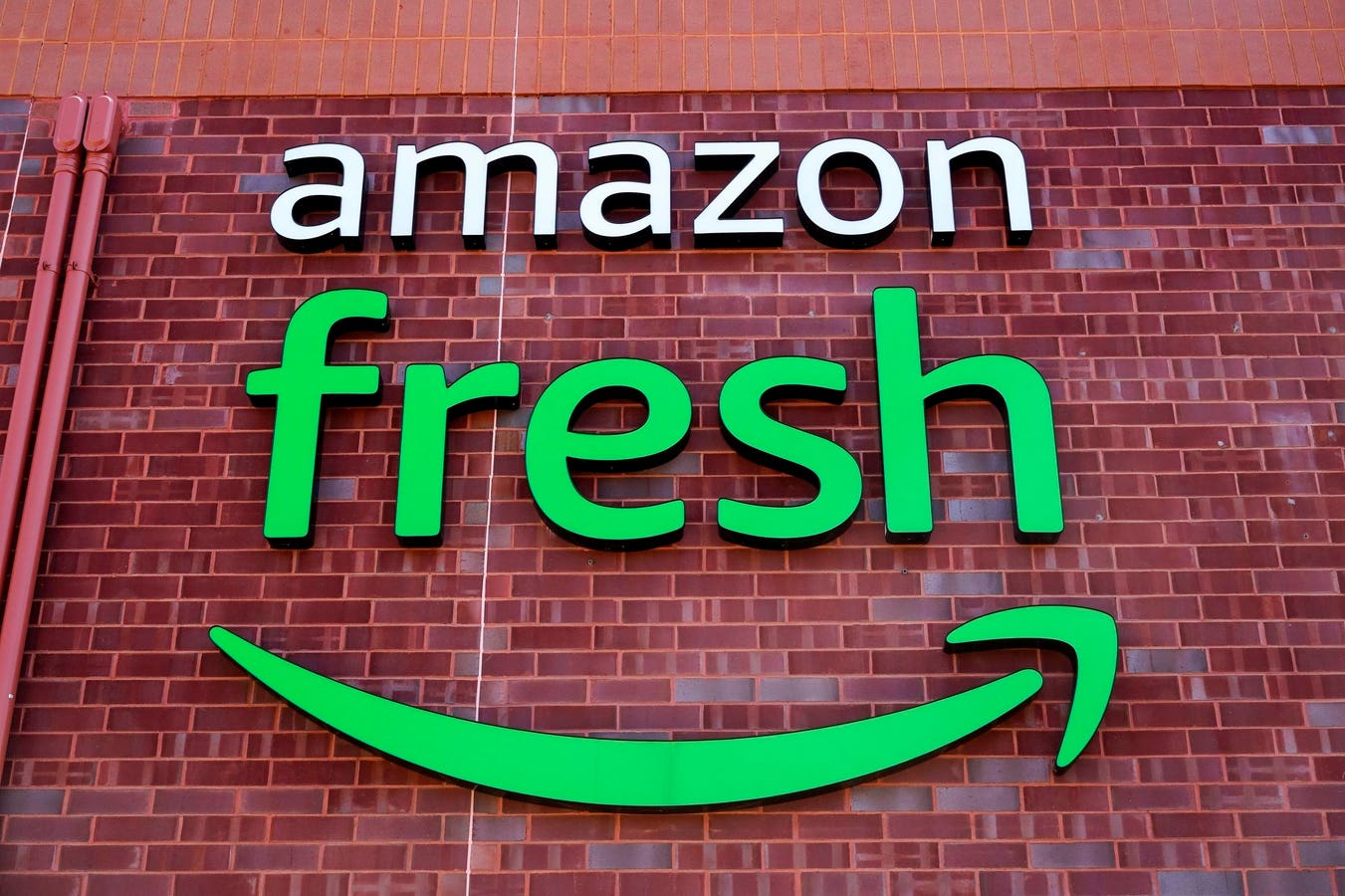Yesterday Amazon
AMZN
AMZN
More on that in a minute.
Understanding Just Walk Out And Amazon Fresh
First, what is Just Walk Out technology? And what are Amazon Fresh grocery stores?
For those unfamiliar, Amazon’s Just Walk Out technology, as depicted in the video below, is the technology that allows Amazon customers to enter a physical store, take whatever they want off the shelves, and then “just walk out” of the store and pay like one does when exiting an Uber
UBER
Amazon Fresh grocery stores, on the other hand, are Amazon’s attempt to enter the physical grocery retailing market, via a standalone banner, separate from Whole Foods. The grocery stores are designed to offer the value, selection, and convenience that one would expect to find from a traditional grocery experience but with an Amazon twist.
According to the Amazon Fresh website, the stores currently operate in eight states and within the Washington, D.C. area. All told, there are roughly a little over 40 Amazon Fresh stores throughout the United States.
Astute readers will discern that there is an awful lot going on just in these last few paragraphs alone.
Tech Aside, Amazon Fresh Is Not Without Its Own Problems
First, for background, Amazon Fresh stores have not been blowing the doors off from a customer love standpoint. CNN reported as much back in August of last year, and, as far back as February 2023, Amazon CEO Andy Jassy also announced that Amazon would pause any further major expansion of the Fresh concept until they could do “a fair bit of experimentation today in those stores to try to find a format that we think resonates with customers.”
Second, the reported slow performance of Amazon Fresh should not be a surprise to anyone. Physical grocery retailing is hard, really hard. It is about the hardest form of retailing out there. And the margins are also razor thin.
Moreover, local grocery retailing is very entrenched. It generally is difficult, if not impossible, to get people to change their grocery shopping habits. For people to switch, retailers have to offer a really compelling reason, and, according to Jassy’s quote above, it appears Amazon is still trying to figure out what that hook is.
The Issue Of Simultaneous Experiments
All of which begs the question — if creating a compelling grocery experience is hard enough, why would Amazon ask consumers to shop one differently, too?
Or, said another way, why run two experiments at the same time?
The answer is that you shouldn’t.
Asking people to shop a new grocery experience in a manner to which they are not accustomed is too cognitively dissonant, particularly if the a priori experiment Amazon has to get right first is an actual grocery store that people want to shop.
Getting Back On The Scientific Method
But Monday morning quarterbacking is cheap.
The point of this article is not to say that Amazon never should have attempted both things at the same time. No, the point of this article is to extol Amazon for having the guts to pull the plug in a manner that fits within its ethos.
For example, at NRF 2024 back in January, Amazon’s Vice President of Just Walk Out, Jon Jenkins, shared with Omni Talk Retail the four “compelling value propositions” or use cases for its Just Walk Out technology via a video interview (see video below, around minute 12:50).
They are:
1) Enabling increased throughput (e.g. getting concessions at a football stadium)
2) Reducing shrink
3) Extending operating hours (e.g. overnight hospital settings that are hard to staff)
4) Countering extreme traffic fluctuations (e.g. stores with a big lunch rush)*
What stands out about the above list is that not one of the items listed likely applies to Amazon Fresh’s grocery operation as it is currently constituted.
Throughput and traffic fluctuations are likely not a big concern, and the operating hours for Amazon Fresh stores, according to its website, are 8 AM to 10 PM, so rationale #3 also does not apply.
But what about shrink?
The beauty of Amazon’s Just Walk Out technology is that the computer vision and sensor fusion technology on which it relies can still be utilized to monitor inventory, should Amazon want to use it that way, without asking Amazon customers to change how they shop. Put simply, the cameras can still be running in the background to the benefit of Amazon when it comes to shrink.
Therefore, net/net, until Amazon creates a compelling grocery experience that customers want to shop, it has no business continuing to deploy its Just Walk Out tech inside of its Amazon Fresh stores because it does not meet any of the major criteria Jenkins outlined above that warrant asking people to change how they have shoppped for centuries.
As stewards of the scientific method, it is almost like this week’s Just Walk Out announcement should then be viewed as a foregone conclusion.
Few, if any, retailers would have the guts to admit a similar failure and even fewer would have the experimental rigor in place to share a rubric months in advance that outlines why the decision to pull out is a good one.
The decision, in essence, is a natural extension of Amazon’s experimental process, and therein lies its genius.
There’s Still No Rest For The Weary
Any grocers doing a victory lap over this announcement should take heed because innovation does not happen without failure.
Case in point: anyone thinking of stopping their own Just Walk Out-like experiments in grocery stores that customers do love and have loved for years had better slow down, take a beat, and “just think.”
Failure begets progress. Amazon isn’t scared of failing one bit, and it likely won’t stop innovating in grocery until it finds an experiment that works.
*Author’s note: The fourth value proposition of Amazon’s Just Walk Out technology was not elucidated in the video but was provided when requested by an Amazon spokesperson.
Read the full article here





